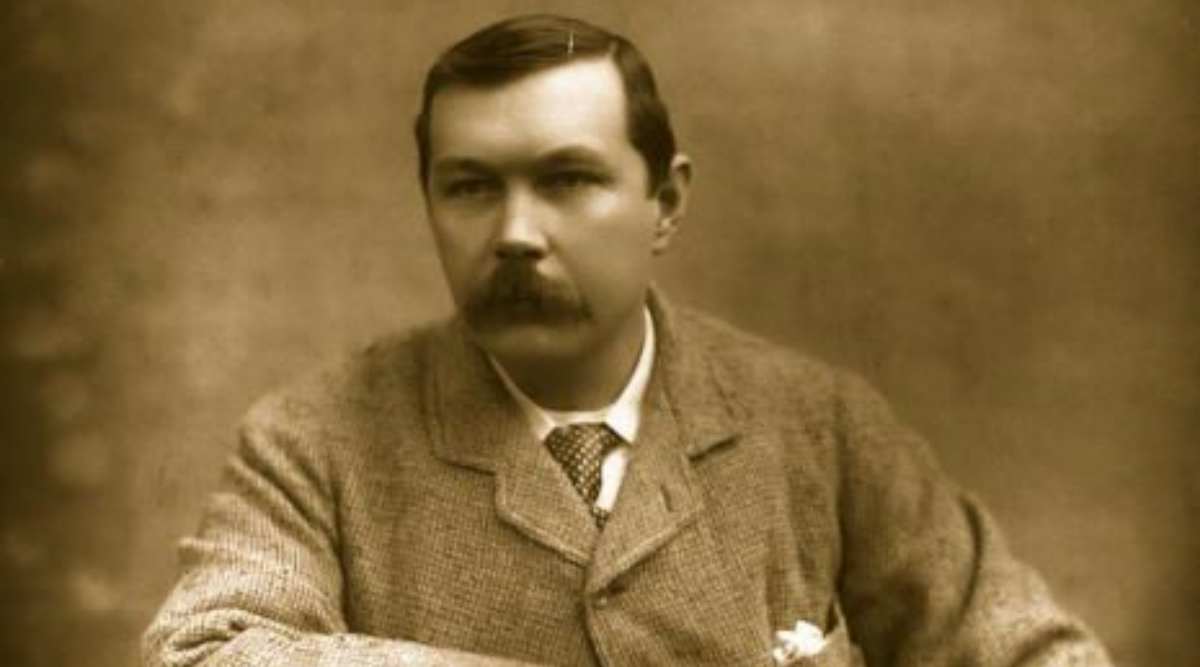

Apart from Poe, many major nineteenth century detective texts were published in serial form, be it Dickens’s Bleak House (1854), in which we find the first police inspector to appear in an English fiction, or Wilkie Collins’s The Moonstone (1868), also published in Household Words, the magazine which Dickens himself owned and edited. But that situation seems in fact to have its roots in the very origin of the genre in so far as detective stories first came out as serial publications in illustrated magazines-if we rule out the very first occurrence of some detective tales that were not illustrated, namely the stories of detection written by Edgar Allan Poe, which he called “tales of ratiocination”. 1 On that notion of a competition between the reader and the detective (and beyond him, with the writ (.)ġThere is little doubt that detective fiction in general entertains a privileged relationship with the world of images and illustrations, and this holds true up to this day when a large part of the cinema industry still hinges on that genre.Eventually, by relating the topic at hand to the global debate on photographic and mechanical reproduction in the nineteenth century, it appears that the various disguises Holmes uses in the plots are rendered graphically by Paget as entirely new images of the characters, which again ambivalently points both to his mastery over crime fighting modern artefacts and to some uncertainty (generating cultural anxiety) over the question of stable identities.

The specific style of the illustrations, often unrealistic and bent on euphemizing violence, also contributes to this ambivalent celebration of crime fighting that only partly hides some distrust as to its success. This ambivalence between social conformism and a disquieting urge in Paget’s drawings appears for instance in the similitude between images of Holmes and images of Moriarty, his arch enemy, or through the stylized settings which suggest a lasting threat in the outside, non-domestic world. This essay argues that the illustrations provided for the serial publication of the Sherlock Holmes stories by Sir Arthur Conan Doyle-mainly by Sidney Paget-constitute a significant supplement that both illustrates common ideological prejudices of the nineteenth century and undermines any complete containment of evil and crime by the investigator.


 0 kommentar(er)
0 kommentar(er)
